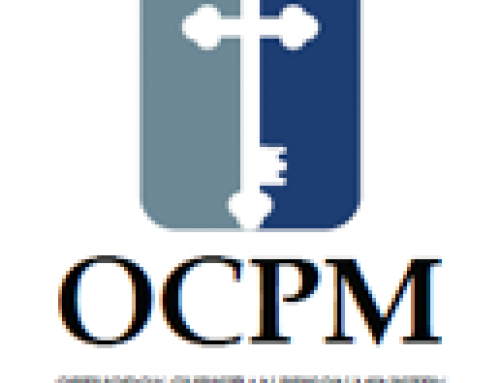This post was originally published on this site
St. Symeon, born in Galatia in the year of 949, is one of three saints in the Orthodox Church to have received the venerable title of ‘theologian’. During his childhood, he encountered Elder Symeon the Pious at the Studion Monastery, influencing his decision to aim his life towards Christ and monasticism. Under Elder Symeon’s care, St. Symeon became incredibly familiar with the writings of St. Mark the Ascetic and regarded his teachings as extremely important for spiritual growth. He cared for the people that he lived with, praying until midnight after the completion of his physical duties.
Seven years before St. Symeon entered the monastery, he experienced a blinding light during his prayer. A second light was present, and St. Symeon seemed to see Elder Symeon the Pious.
At the age of twenty-seven, St. Symeon entered the monastery, but was later sent to the Monastery of Saint Mamas in Constantinople after facing false accusations from other brethren. In the year 980, St. Symeon was made Abbott of that monastery, attaining a high spiritual level and spending time reading the Holy Scriptures. He served in this position for twenty-five years, establishing a strict monastic discipline for those monks around him. However, a few of the monks resented St. Symeon for his strict discipline and attacked him one day after Liturgy. St. Symeon begged for their pardon and they were permitted to live in the world without any punishment from the civil authorities. In 1005, St. Symeon stepped down as Abbot, and lived for the next sixteen years composing theological works that would eventually end up in the Philokalia. St. Symeon described the importance of striving towards spiritual perfection, while battling worldly passions with prayer. St. Symeon did not invent these ideas per se, but he did uncover them for those who had forgotten. St. Symeon fell peacefully asleep in the Lord in 1021 in the monastery of St. Makrina.
The life of St. Symeon was documented by St. Nicetas Stethatos, his cell-attendant.
Feast Day: March 12 or October 12 (depending on when Lent begins)
Learn his Troparion
Since you received divine enlightenment within your soul, O Venerable Father Symeon, / you were shown to the world as a most radiant light, / driving away its darkness, and persuading all to seek the grace of the Spirit which they had lost. / Earnestly intercede with Him to grant us great mercy
Listen here: https://www.youtube.com/watch?v=8INPa-PeELI
How can St. Symeon intercede for us?
St. Symeon is known for his embodiment of heroic struggles in renewing the Church while facing opposition from his brethren. Much like St. Nektarios, he can be invoked for intercession when being slandered or persecuted.
Pray to him:
Since thou hadst received within thy pure soul God’s enlightenment, O righteous Father, thou wast shown to the world as a blazing light which drove away its thick darkness and moved all men to seek the grace of the Spirit which they had lost. O all-holy Father Symeon, intercede with Him to grant great mercy unto us who honor thee.
From the apolytikion to St. Symeon the New Theologian
Discussion Questions
- St. Symeon faced many false accusations during his time in the monastery, yet reacted to these accusations with grace and compassion. How can we be more like St. Symeon when faced with false accusations, especially with those who are close to us? Why is it so countercultural for us to not make a big fuss for something that is ‘unfair’?
- St. Symeon saw the uncreated light of God in a vision along with his spiritual father, Elder Symeon the Pious. Have you had any direct experiences of the grace of God? What are they and what was it like?
- St. Symeon was recognized for his teachings regarding ceaseless prayer and spiritual struggle. What struggles in our lives prevent us from praying without ceasing? What small things could we implement in our lives as college students in order to allow for deeper prayer?



